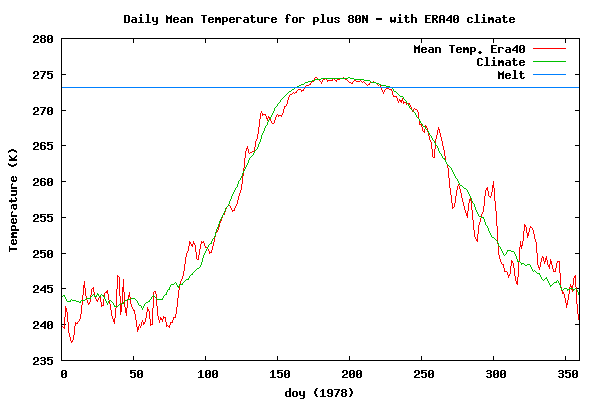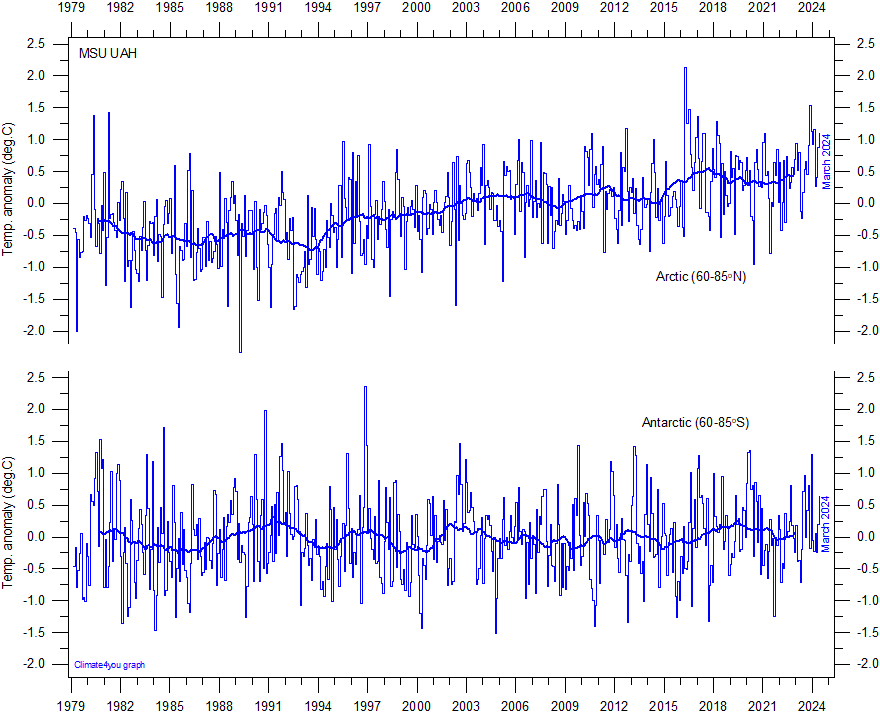Those of you who have read this blog before know well that I have little, if any respect for journalists, (respect is earned, you see, and I can’t think of a journalist who has earned my respect since Walter Cronkite retired). Today’s journalists seem almost completely devoid of integrity, writing biased articles based, more often than not, on political agendas rather than anything resembling the truth.
But everyone expects journalists—much like politicians—to be blatant, shameful liars. Beyond their seedy disingenuousness, perhaps the most annoying thing about your common, garden-variety journalist is an apparent lack of anything resembling a proper education. They pollute airwaves and newsprint alike with atrocious grammar and sentence structures rarely witnessed outside a remedial English class.
Today’s example is Wendy Zang, who—though her short article below may seem to have been written by a fifth-grader—is said to be a college graduate. Note also, that Wendy has been employed as a journalist for years. Beyond her vague and bumbling sentence structure, Wendy has committed several blunders in this piece. Among those, one beckons like the lighthouse at Rhodes. See if you can spot it.
WHO IS ST. PATRICK?
By Wendy Zang | McClatchy Tribune
St. Patrick is the patron saint of Ireland. Born in the late fourth century in Scotland, he was kidnapped as a teenager and shipped to Ireland as a slave. He was sent to the mountains as a shepherd, where he spent his time in prayer. After six years, he had a dream in which God told him to leave Ireland. Walking nearly 200 miles, he escaped to Great Britain, where he reportedly had a second vision, telling him to return to Ireland as a missionary. Soon after, he joined the priesthood and did just that. He is credited with converting much of Ireland to Christianity. He died in the mid-fifth century, on March 17.
Wait a minute, what?
Let’s look at that again:
…God told him to leave Ireland. Walking nearly 200 miles, he escaped to Great Britain…
Now pay attention, Wendy. On the right you will see a map of Great Britain (centered, bearing a sickly, pinkish-beige color). On the left of said map you will see Ireland (oddly, the same baby-poop-brown color as France to the lower right, but, unlike France, Ireland doesn’t deserve to be covered with baby-poop).
To recap: Great Britain, center. Ireland, left. With me so far? OK.
Now between Great Britain and Ireland is this blue-colored thing. See it? This blue-colored thing is water. Specifically, the Irish Sea.
So, what do you think might be the problem here, Wendy? Okay, I don’t want to see any other hands, I’m just talking to Wendy.
Wendy? Anything? I’ll give you a hint: The Irish Sea would seem to be the problem…Wendy? Still nothing?
(sigh)
Okay, Wendy. The Irish Sea is between Ireland and Great Britain. Patrick could hardly have walked to Great Britain from Ireland across the water, now could he?
Here’s your paper; I’ve marked it incomplete. Do it over, please, explaining such things as what happened to the sheep Patrick was supposed to be guarding since he was, instead, praying, and why he didn’t dream for six years. Did he have two dreams, or one dream and one reported vision? Who reported the vision, to whom did he report it, why, and was Patrick given demerits as a result? What did God say when He told Patrick to leave Ireland? “Verily, thou shalt vamoose?”
Put a little thought and a modicum of dignity into it this time, will you Wendy?
Class dismissed.
Note: I might state here that, “Who is St. Patrick,” excerpted—and ridiculed—above, is copyright Wendy Zang and McClatchy-Tribune, though I honestly can’t see anyone else claiming it’s theirs.









